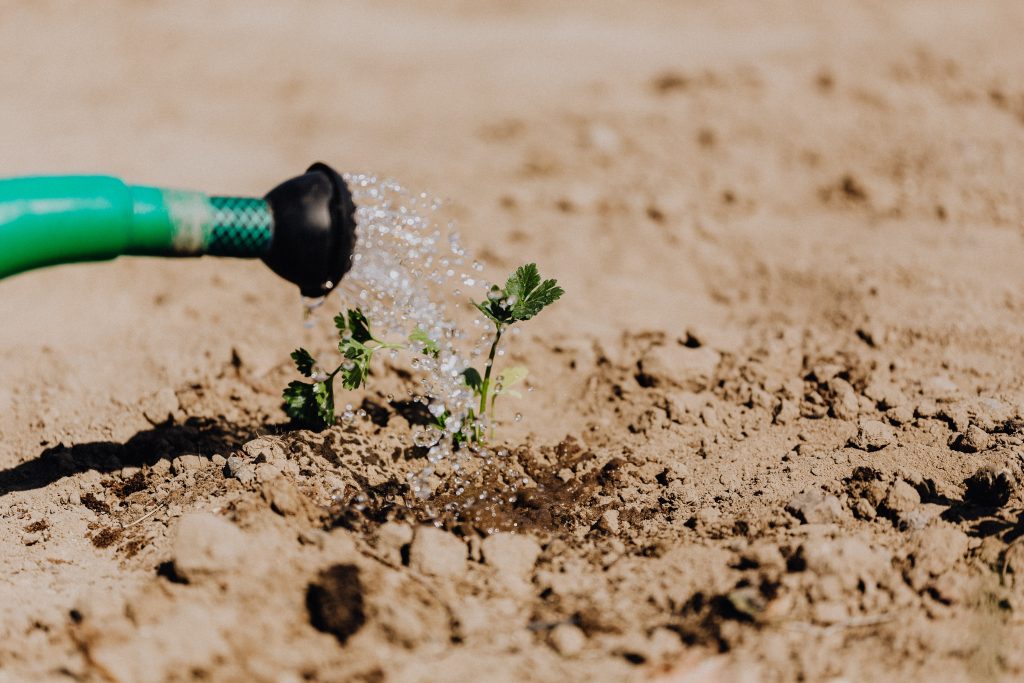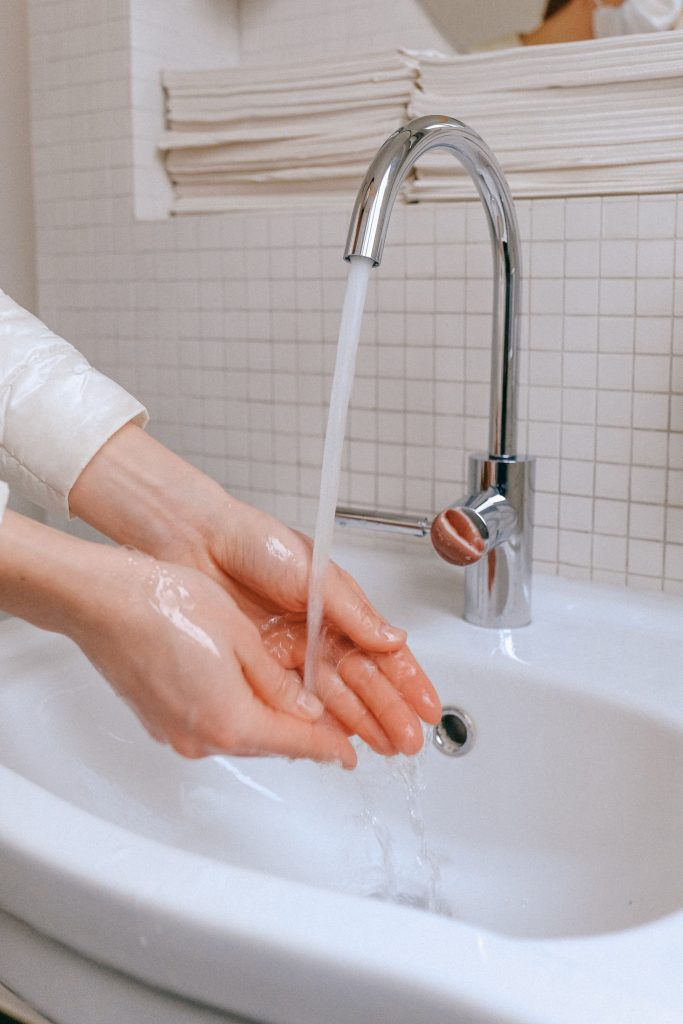Available freshwater sources are expected to decline with changes to rainfall patterns accompanying global climate change (McGee, 2013). As our population grows, so does the pressure on water sources for consumption. To ensure future supplies of fresh and clean water, sustainable water management must become a priority in all countries. It would allow a nation to be self-sufficient, ensuring there is enough water for the multiple sectors that the United Nations has outlined. These are agriculture, energy, industry, the domestic, and urban sectors (Aqua Tech, 2019).
AGRICULTURE

Water is considered the most critical resource for sustainable agricultural development worldwide, with the industry currently accounting for 70% of the global water usage (Aqua Tech, 2019). However, the average agricultural production system has very low productivity levels. Less than 65% of the applied water is actually being used by the crops (Chartzoulakis and Bertaki, 2015). To sustain our growing population, yields would need to boost by 60% by 2050 (Aqua Tech, 2019). This means agricultural management techniques will need to be significantly improved, where the sustainable use of irrigation water is a priority for agriculture, especially in arid areas.
However, socio-economic pressures and climate change impose restrictions to the water that is allocated to agriculture, hence, the adoption of sustainable water management is not always straightforward (Chartzoulakis and Bertaki, 2015). Nevertheless, it can be achieved by improving irrigation, water pricing and reusing treated wastewater. If the amount of fresh water used in agriculture is reduced, extra supplies can be diverted to meet the increasing demand for domestic use and industry.
ENERGY AND INDUSTRY
The strong link between SDG 6 (water) and SDG 7 (energy) is increasingly obvious when looking at global water usage patterns (Brace et al, 2000). Industry and energy account for 20% of the world’s water demand (Aqua Tech, 2019). Although this is less than in agriculture, delivering water and wastewater services are energy-intensive activities, particularly for sewage treatment, desalination, and water supply to rural areas (Brace et al, 2000). While renewable energy offers significant environmental benefits, the technologies could exacerbate water stress if not properly managed. Some technologies, such as wind and solar power, require very little water.
However, the more a decarbonisation pathway is reliant on biofuels production, the deployment of concentrating solar power, carbon capture or nuclear power, the more water it consumes. In a scenario where the global average temperature rises to a maximum of 2 °C, water withdrawals would be 12% lower in 2040 relative to current trends, but consumption would be 2% higher (total of 30%) (Water-Energy Nexus 2016, pp 11-13). Globalisation of clean energy sources requires balancing the demand for industrial mass production with minimal impacts on water and other natural resources, whilst utilising the technologies in a sustainable manner (Aqua Tech, 2019).
DOMESTIC SECTOR

Despite Australia experiencing well below average annual rainfall, its citizens are the greatest consumers of water per capita. They use an average of 100,000L of freshwater per person each year (McGee, 2013), with municipal water use accounting for 10% of total water use (Aqua Tech, 2019). To change this, the first step is to reduce water demand. Much can be done in the home and garden to reduce water use and the impacts on the environment.
Indoors:
The shower is typically the biggest water user (34%), followed by the toilet (26%) and laundry (23%) (McGee, 2013). In Australia, the national Water Efficiency Labelling and Standards (WELS) scheme requires certain products to be registered, rated, and labelled for their water efficiency. It contains a star rating and data on the actual water consumption, which can help consumers in choosing the right, water saving appliance for them. Another strategy is to implement wastewater reuse. At present, drinkable water is wasted on systems, such as flushing the toilet (McGee, 2013). Wastewater reuse can reduce unnecessary potable water use in the home.
Outdoors:
Around 40% of household water is typically used outdoors (McGee, 2013). Using water conservation techniques in the garden saves money, time, effort, and the natural environment. There are many easy ways to reduce outdoor water use. These include choosing plants adapted to the local climate, improving the condition and moisture retention of soil, maintaining the garden and using efficient irrigation systems (McGee, 2013). Installing a water tank and using rainwater on your garden can provide an alternative supply during water restrictions and reduce your water bills.
CITIES
Image courtesy of Chicago Council on Global Affairs
Our global population is growing at a faster rate each year. By 2050, more than two-thirds of the global population of nine billion will be living in cities (Aqua Tech, 2019). This puts pressure on high-density urban areas to provide adequate water and sanitation facilities for everyone. Having sustainable water means to provide each person on the planet with affordable access to the minimum 20 to 50 L of water daily (Aqua Tech, 2019). This follows the United Nations General Assembly recognition of “the right to safe and clean drinking water as well as sanitation as a human right that is essential for the full enjoyment of life and all human rights”(Aqua Tech, 2019).
Alarmingly, the demand for water has been double the rate of population growth over the last few decades, but the amount of freshwater available in the system is decreasing (Brace et al, 2000). This highlights the need for sustainable supply and consumption of this precious resource. The development of water resources for economic growth, social equity and environmental sustainability will be closely linked with the sustainable development of cities.
WHY YOU SHOULD REDUCE YOUR WATER USAGE
Sustainable water management is necessary if we want to thrive. We must meet the water needs of the present without compromising the ability of future generations to do the same. To do so, farms need to transition to efficient irrigation systems and the energy sector must invest in renewable sources. Individuals need to do more to decrease their personal water usage and governments need to take responsibility for managing the water needs of a growing population.
If you want to make a difference, THRIVE suggests making your home more water-efficient by buying water-saving appliances and using rainwater for the garden, for example. With your help, the amount of clean drinking water and sanitation available to those who need it would be made more available from the alleviated pressure on domestic water usage.























